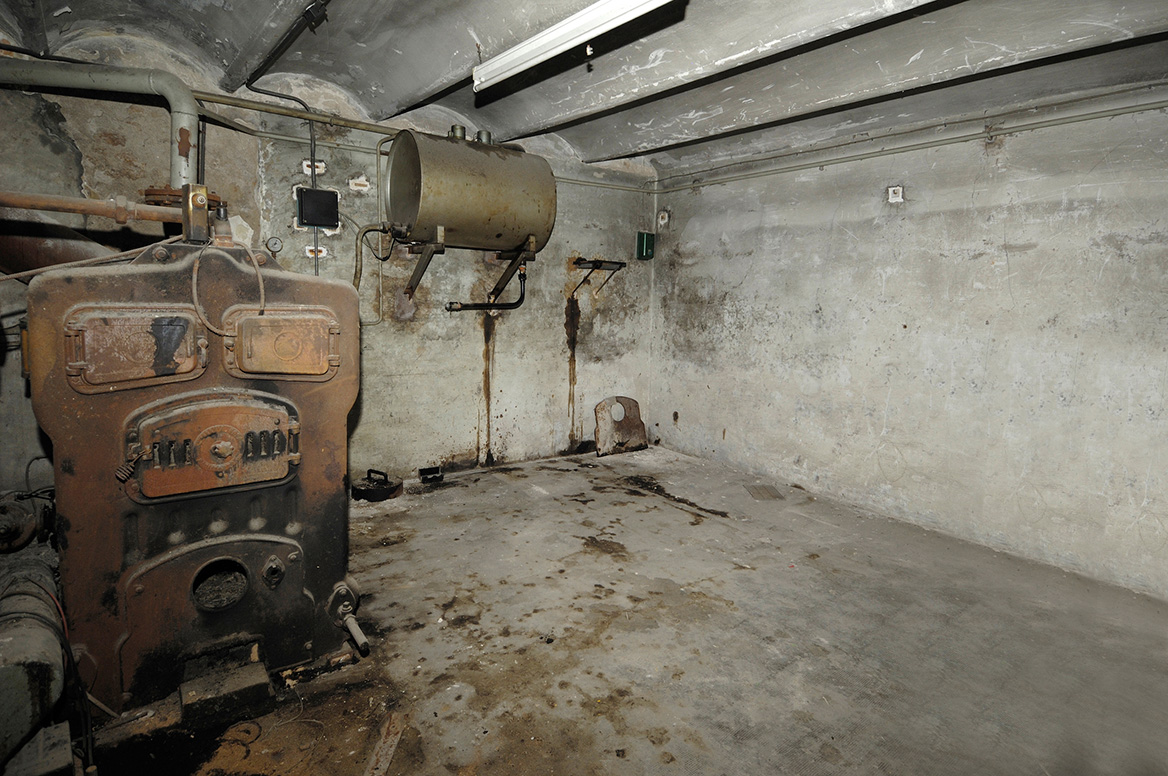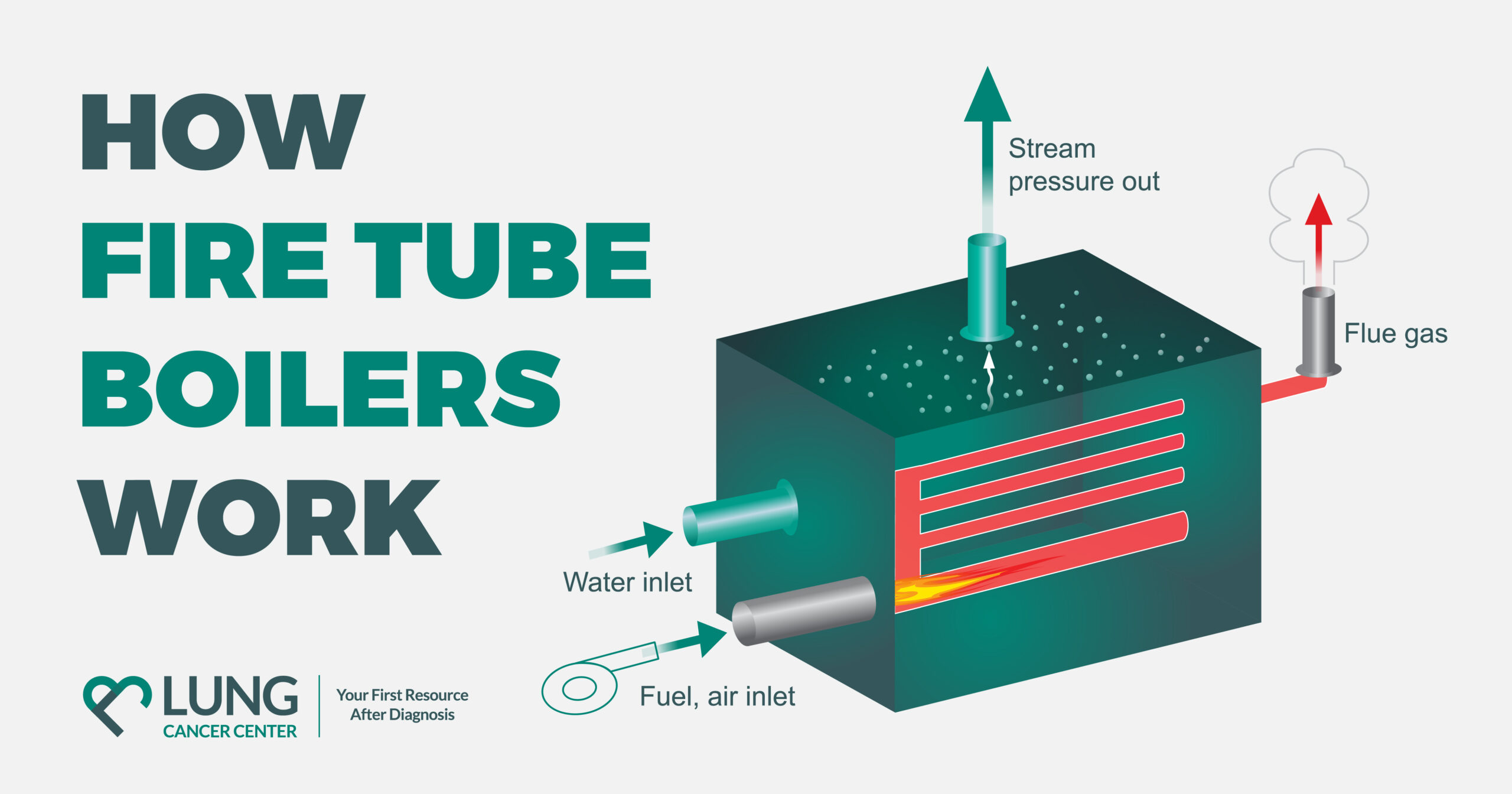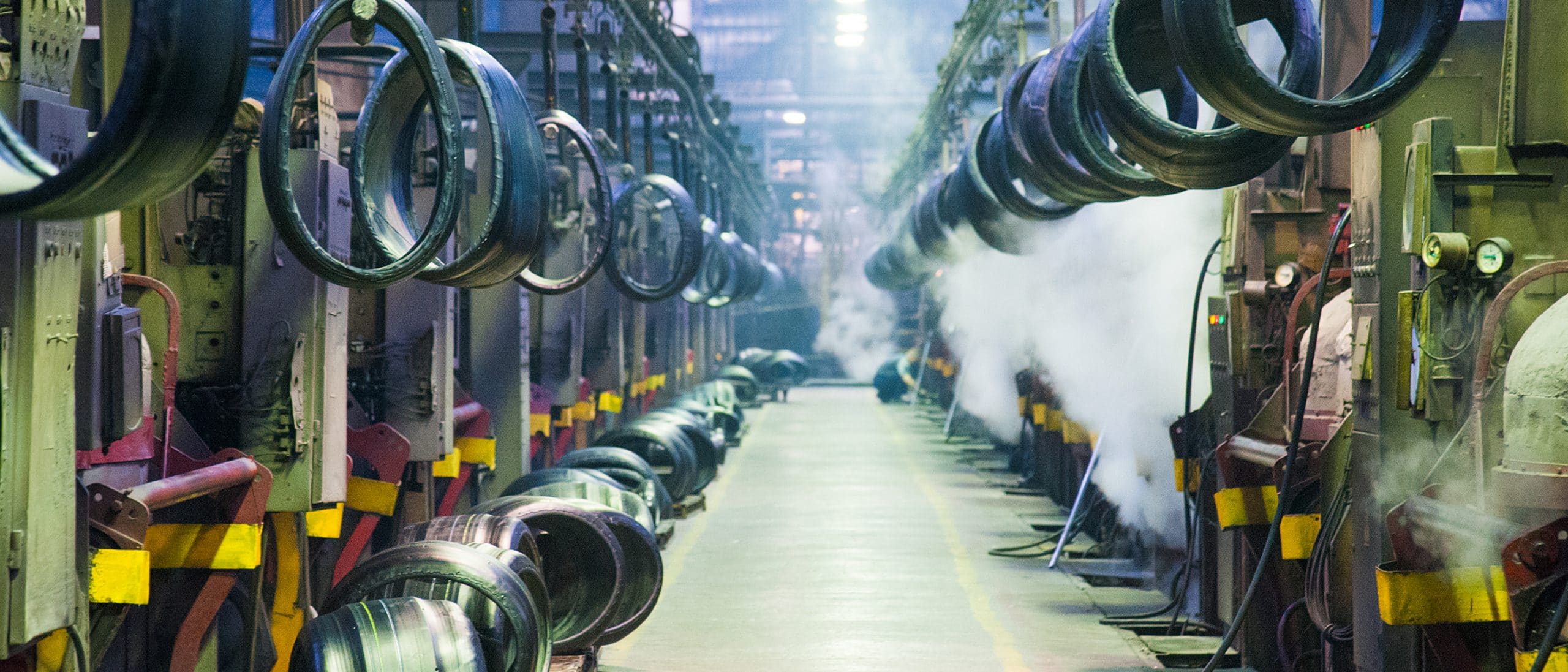Boiler Makers and Mesothelioma
Boilermakers have been exposed to asbestos during the installation, maintenance, and repairs of boilers. Long-term asbestos exposure is known to cause mesothelioma, and if you have been diagnosed with it, you may apply for compensation.


Are Boilermakers Exposed to Asbestos?
Most boilermakers have long-term exposure to asbestos and have a significantly higher chance of being diagnosed with mesothelioma. Since asbestos is used in building boilers, the risk of boilermakers getting an asbestos-related disease such as mesothelioma or asbestosis is very high. Asbestosis can lead to mesothelioma and potentially lung cancer. Asbestos was first used in boiler making in the United Kingdom around the mid-1800s. The appeal of using asbestos for boilers came from its heat resistance and the ability for it to stay intact under water or vapor pressure. In a functioning boiler, the machine’s purpose is to heat water or to turn the heated water into water vapor to heat a structure. So because of asbestos’ resistance to heat and water, it was an ideal product to use for keeping the integrity of the machine stable. With asbestos added to the boiler’s parts to maintain their integrity, the boilermakers assembling the machines were exposing themselves to the substance constantly.
A majority of boilers can be found in the basement or mechanical room of a building or being made inside factory buildings. There are different types of boilers, but the most common is a fire tube boiler. The process of heating water for a fire tube boiler starts with the heat from a furnace pushing through tubes in the water of the boiler. There is a place for the steam to rise to and it can be used if that is what is desired for heating. Or once the water is heated by the furnace, the water can be used for heating too. There is also a ventilation tube for gasses to escape that are produced during the process of heating. Typically the areas where work is done on boilers are poorly ventilated which made it hard to have safe and proper ventilation for workers.
Asbestos Products Associated with Boiler Industry
For boilermakers, being exposed to asbestos is involved in all aspects of working with boilers. During the installation, maintenance, and removal of boilers, boilermakers are moving around and uncover the asbestos in the boiler parts. This reintroduces the asbestos particles into the air, and into the lungs of boilermakers in the area. Modern-day boilers are typically made out of alloy steel which can withhold the same level of heat as asbestos could. As mentioned above, asbestos was used to insulate the boiler itself, but can also be found in many of the parts of boilers. A boiler should last between 20 to 50 years, which means there may be some boilers out there that have parts with asbestos. This generally won’t affect anyone in the same building as an asbestos part. When it comes to the removal of the old boiler, make sure to hire a professional asbestos remover. A list of the boiler products potentially containing asbestos include
- Boiler insulation
- Pipe insulation
- Heat jackets
- Gaskets
- Bearing
- Pumps
- Packing
- Flutes
- Sealants
- Wax
- Fire retardant bricks
- Hand holes
- Paste lagging
Boilermaker Positions Most at Risk for Mesothelioma
There are two types of boilermakers: boiler producers and boiler operators. Boiler producers are typically working in a factory manufacturing and assembling boilers. In the process of assembling, they are in direct contact with a combination of any of parts listed above containing asbestos. Asbestos is an issue for boilermakers as long-term asbestos exposure is known to cause mesothelioma. Since asbestos can become airborne, those working within the factory area can be exposed to asbestos and not even know it. In the production of boilers, workers would take pre-molded sheets of asbestos insulation and wrap them around boilers. Sometimes boiler workers were suggested to repair boilers by mixing asbestos into cement and patching up the boilers. Their exposure to asbestos came from many aspects of building and maintaining the boilers, and their extent of exposure wouldn’t be known until after the asbestos danger was recognized. Both jobs have an increased risk of contracting cancer of the mesothelial tissue or better known as mesothelioma, with the high exposure over their time as boiler workers.
Were You a Boilermaker? Fill out a free case evaluation form today.
Symptoms Linked to Boilermaker Asbestos Exposure
No matter what capacity your job is as a boilermaker, you have at one point or another been exposed to asbestos. People working as boilermakers for over 15 years are highly susceptible to long-term asbestos exposure. This is another way of saying a boiler maker’s odds of contracting mesothelioma or another related lung disease is much higher than most. Symptoms of asbestos can seem generic and not as serious when they first appear which is why its crucial to be aware of the symptoms.
Asbestos exposure-related disease symptoms include persistent cough, shortness of breath, wheezing, fatigue, and chest or shoulder pain. Unique to asbestos, exposure symptoms sometimes take up to 20 to 30 years to come around. The real danger of long-term exposure is the chances of you being diagnosed with mesothelioma become very high. Although it is possible to treat mesothelioma, it is dangerous cancer where the tumors grow fast and in multiples.
Legal Compensation for Boiler Workers Exposed to Asbestos
Starting in 1973, the Environmental Protection Agency began to ban the usage of asbestos-related products to be used in boilers and other related items. Over the years the EPA has began to eliminate the use of asbestos products, but there are still some boilers that have asbestos parts or supplies used in them. Those boilers aren’t necessarily toxic as long as you take the proper precautions by using personal protective equipment (PPE). PPE for asbestos includes wearing a respirator, eyewear, a disposable suit, rubber boots, and disposable gloves. Then when boilermakers are finished working around the asbestos boilers, a decontamination shower is suggested.
Since so many boiler makers have come into contact with asbestos, many have found themselves seeking legal advice and compensation for their exposure and health-related conditions. If you or someone you know worked in or around the manufacturing or repair of boilers, you may have a case to receive compensation from your employer. To find out if you may have a case worth fighting for compensation, complete a free case evaluation today.


